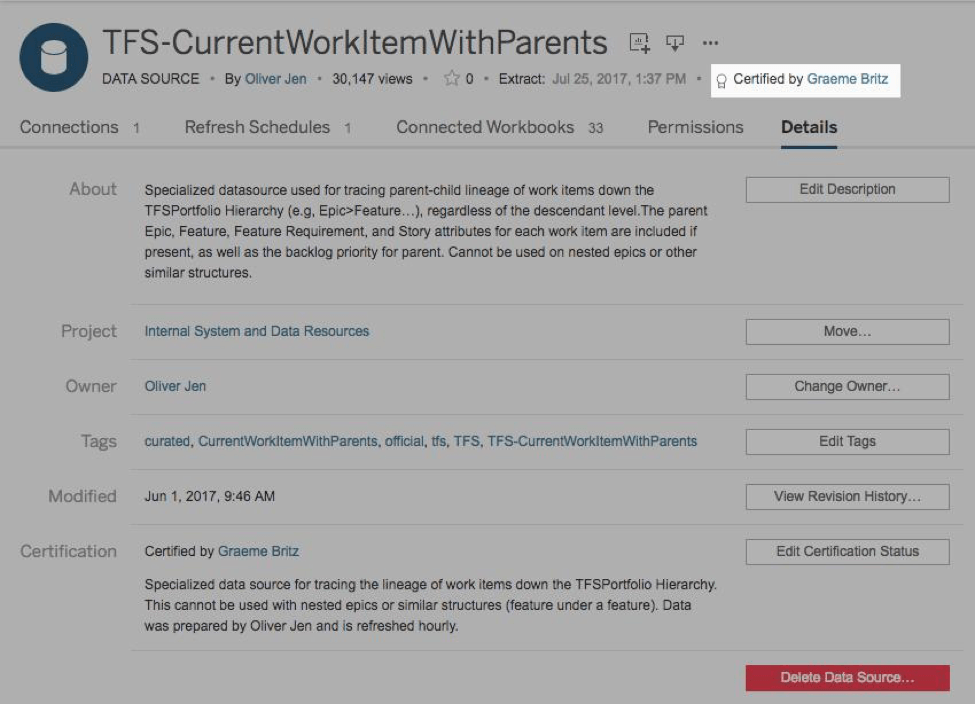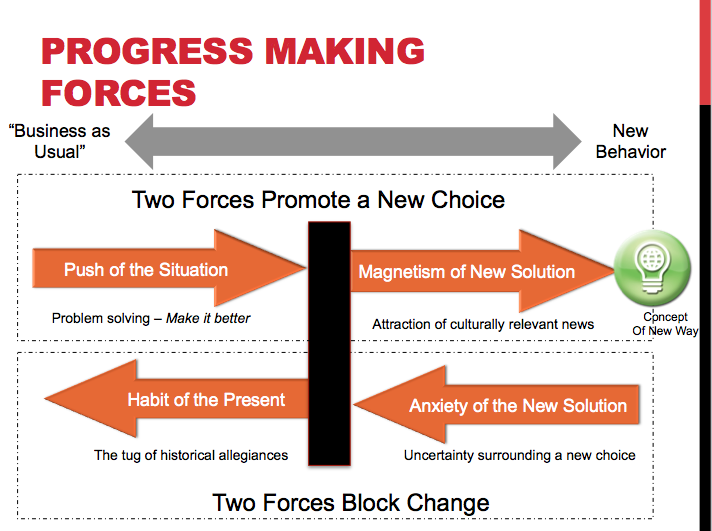
After attending the Tableau Conference in 2017, it became clear to me that Tableau is working toward a major trend in business intelligence space: self-service reporting. Tableau is emphasizing the need to get away from the traditional 'reporting team' and work toward empowering consumers to create their own reporting. While some data visualization tools are better than others at implementing the ability for self-service reporting, this blog will focus primarily on Tableau.
Over the last year, I have been part of a traditional 'reporting team.' We had over eight Tableau developers to produce all of the reporting for the program. Our team published all of the reports on Tableau server, allowing consumers to go to a single location for the reporting. There were clear advantages and disadvantages of this approach.
Advantages:
- Ability to maintain data governance for the program.
- Single source of truth for reports.
- Collaboration across the team without failure or bottleneck.
- Ability to control access to reports.
Disadvantages:
- When users wanted to enhance or create a new report, it had to go through our team.
- Difficult for consumers to do independent analysis with this approach.
- A growing backlog of reporting requests.
While there are arguments for the advantages and disadvantages outweighing each other, it is clear that the industry is trying to move away from the traditional approach. In the keynote, Tableau CEO Adam Selipsky talked about 'Implementing self-service reporting while maintaining data governance.' This hits on the key concern of moving to self-service reporting, data governance. If anyone can publish and create their own reports, how can the underlying data source behind the reports be considered 'correct?' How can we ensure that people aren't duplicating data sources, and even worse reporting differently on the same data source? While the data visualization space still has a long way to go to solve these issues, Tableau has made progress toward alleviating this anxiety.
In Version 10.4, Tableau introduced a feature to certify and recommend data sources. This allows teams to publish data sources and recommend them as the 'single source of truth.' This helps with data governance, as all calculated fields and metrics would be a part of the data source to which consumers can connect. While this is not a fault-free approach to lead to more self-service reporting, it is a step in the right direction.

Recently I was introduced to a platform called Looker, based out of Santa Cruz, California. After watching a demo, it was clear that they were implementing self-service reporting a little differently than Tableau. Due to being a completely web-based platform, users could click on any table or chart and get the raw data. From here, the consumer could build their own tables and charts based off that raw data. This allowed the consumer to add extra filters or display data in a different graph or chart. This begs the question, how does the industry work toward adopting more self-service reporting?
Clay Christensen from Harvard Business School helped create a framework called 'Jobs to be Done' which focuses on how consumers make 'progress.' In a book by Bob Moesta and Chris Spiek about 'Jobs to be Done', they state that the 'forces of progress' allow consumers to make progress. In order for a customer to make progress, their 'push' (the forward-pushing energy related to your current situation) and 'pull' (the forward-pulling energy related to a possible solution) must outweigh their 'habit' and 'anxiety.'* Currently in the data visualization space, habit and anxiety are holding back innovation.
- "Why would we move from a traditional reporting team when we've always done it that way?"
- "Self-service reporting has too high of a chance for data governance issues."

Once companies are ready to have better responses to these habits and anxieties, the notion of a traditional 'reporting team' may become less prevalent.
*Citations for Jobs To Be Done Framework:
Christensen, Clayton M., Taddy Hall, Karen Dillon, and David S. Duncan. Competing Against Luck: The Story of Innovation and Customer Choice. New York: HarperBusiness, 2016.
Chris Spiek, Bob Moesta. Jobs-to-be-Done The Handbook. CreateSpace Independent Publishing Platform, 2014.


